Our verdict
Pros
- Well-suited for wide feet
- Excellent for cross-training or HIIT
- Flexible yet provides excellent stability
- Outstanding build quality
- A rocker that works
- Ideal for heel strikers
- Promotes good airflow
Cons
- Firm cushioning
- Probably too expensive
Audience verdict
- Top 24% in road running shoes
- Top 15% in stability running shoes
Comparison
The most similar running shoes compared
+ + Add a shoe | |||||
|---|---|---|---|---|---|
| Audience score | 89 Great! | 87 Great! | 89 Great! | 83 Good! | |
| Price | $160 | $120 | $140 | $170 | |
| Pace | Daily running | Daily running | Daily running | Daily running | |
| Shock absorption | - | Moderate | Moderate | Low | |
| Energy return | - | High | High | Low | |
| Traction | - | - | Moderate | Moderate | |
| Arch support | Stability | Stability | Stability | Stability | |
| Weight lab Weight brand | 9.9 oz / 281g 10 oz / 283g | 10.3 oz / 293g 10.5 oz / 297g | 9.8 oz / 279g 9.8 oz / 278g | 11.6 oz / 329g 11.3 oz / 320g | |
| Drop lab Drop brand | 10.0 mm 7.0 mm | 9.8 mm 10.0 mm | 10.0 mm 10.0 mm | 7.9 mm 10.0 mm | |
| Strike pattern | HeelMid/forefoot | HeelMid/forefoot | HeelMid/forefoot | Mid/forefoot | |
| Size | True to size | True to size | True to size | True to size | |
| Midsole softness | Firm | Firm | Balanced | Balanced | |
| Difference in midsole softness in cold | Normal | Small | Small | Normal | |
| Toebox durability | Decent | Decent | Decent | Good | |
| Heel padding durability | Bad | Good | Bad | Good | |
| Outsole durability | Good | Bad | Decent | Good | |
| Breathability | Moderate | Warm | Moderate | Moderate | |
| Width / fit | Medium | Medium | Medium | Narrow | |
| Toebox width | Wide | Wide | Wide | Medium | |
| Stiffness | Moderate | Stiff | Flexible | Moderate | |
| Torsional rigidity | Moderate | Moderate | Moderate | Stiff | |
| Heel counter stiffness | Stiff | Moderate | Stiff | Moderate | |
| Heel lab Heel brand | 30.5 mm 27.0 mm | 32.9 mm 31.0 mm | 33.1 mm 36.0 mm | 33.2 mm 31.0 mm | |
| Forefoot lab Forefoot brand | 20.5 mm 20.0 mm | 23.1 mm 21.0 mm | 23.1 mm 26.0 mm | 25.3 mm 21.0 mm | |
| Widths available | Normal | Normal | Normal | Normal | |
| Orthotic friendly | ✓ | ✓ | ✓ | ✓ | |
| Season | All seasons | All seasons | All seasons | All seasons | |
| Removable insole | ✓ | ✓ | ✓ | ✓ | |
| Ranking | #141 Top 22% | #172 Top 46% | #113 Top 31% | #261 Bottom 30% | |
| Popularity | #337 Bottom 49% | #353 Bottom 6% | #260 Bottom 30% | #158 Top 43% |
Who should buy
We think that the On Cloudflyer is an excellent pick for:
- Runners who prefer a firm midsole and want a stable shoe.
- Individuals who value premium-quality materials and require a versatile running shoe that can manage everything from gym workouts to walks in the park.
- Enthusiasts of the On brand looking for a reliable shoe for easy and aerobic runs.
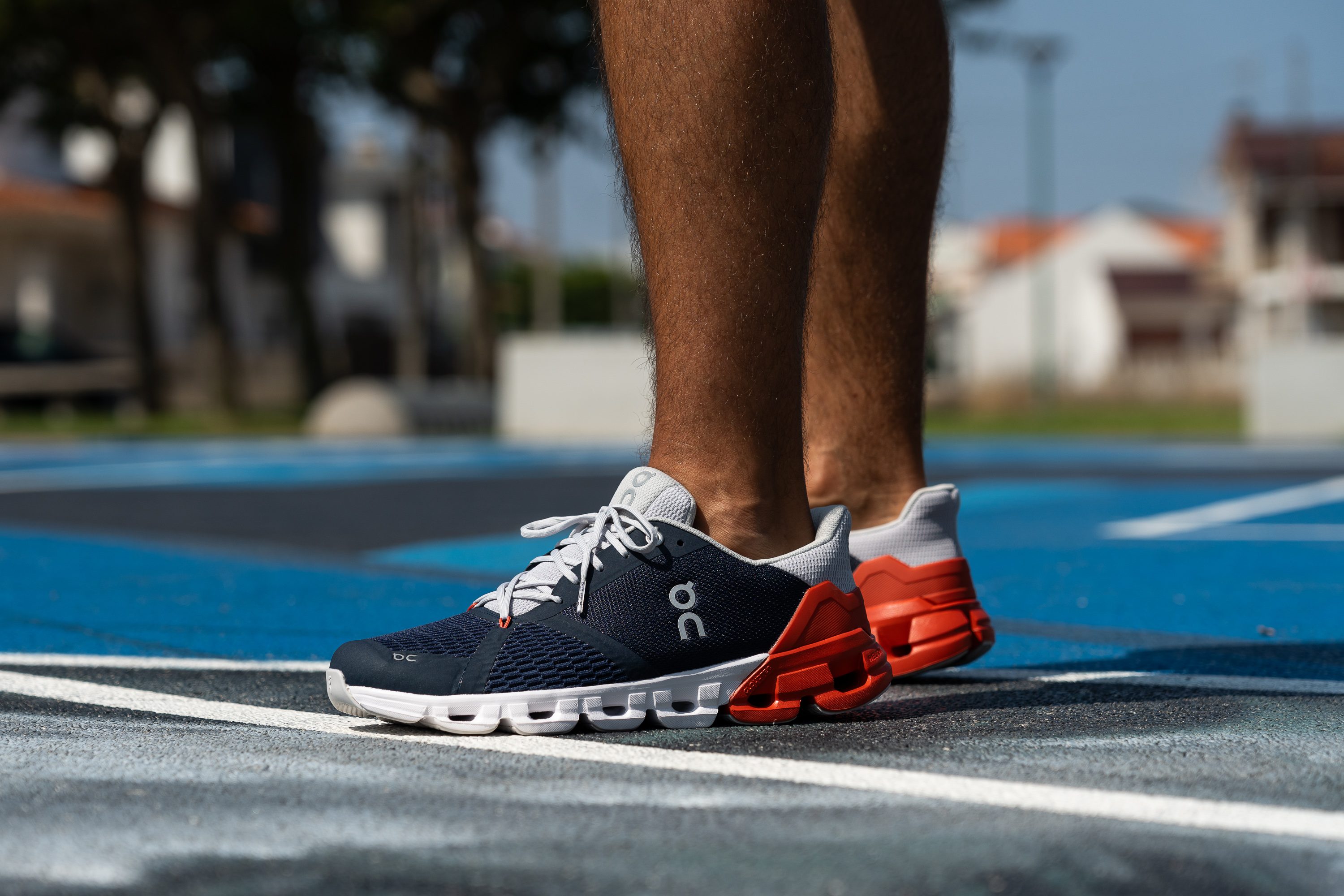
Who should NOT buy
If you're working with a tight budget, this shoe, priced at $160, is not a good choice. In our opinion, there are many other stability-oriented shoes on the market that may suit you best like the Saucony Tempus.
Similarly, if soft midsoles are what you're after, we suggest giving this shoe a pass. From our testing of On's lineup, we recommend choosing the Cloudmonster instead. And, if you're in search of a plush and reliable daily trainer, we suggest the Nike Pegasus 40 based on our experience.
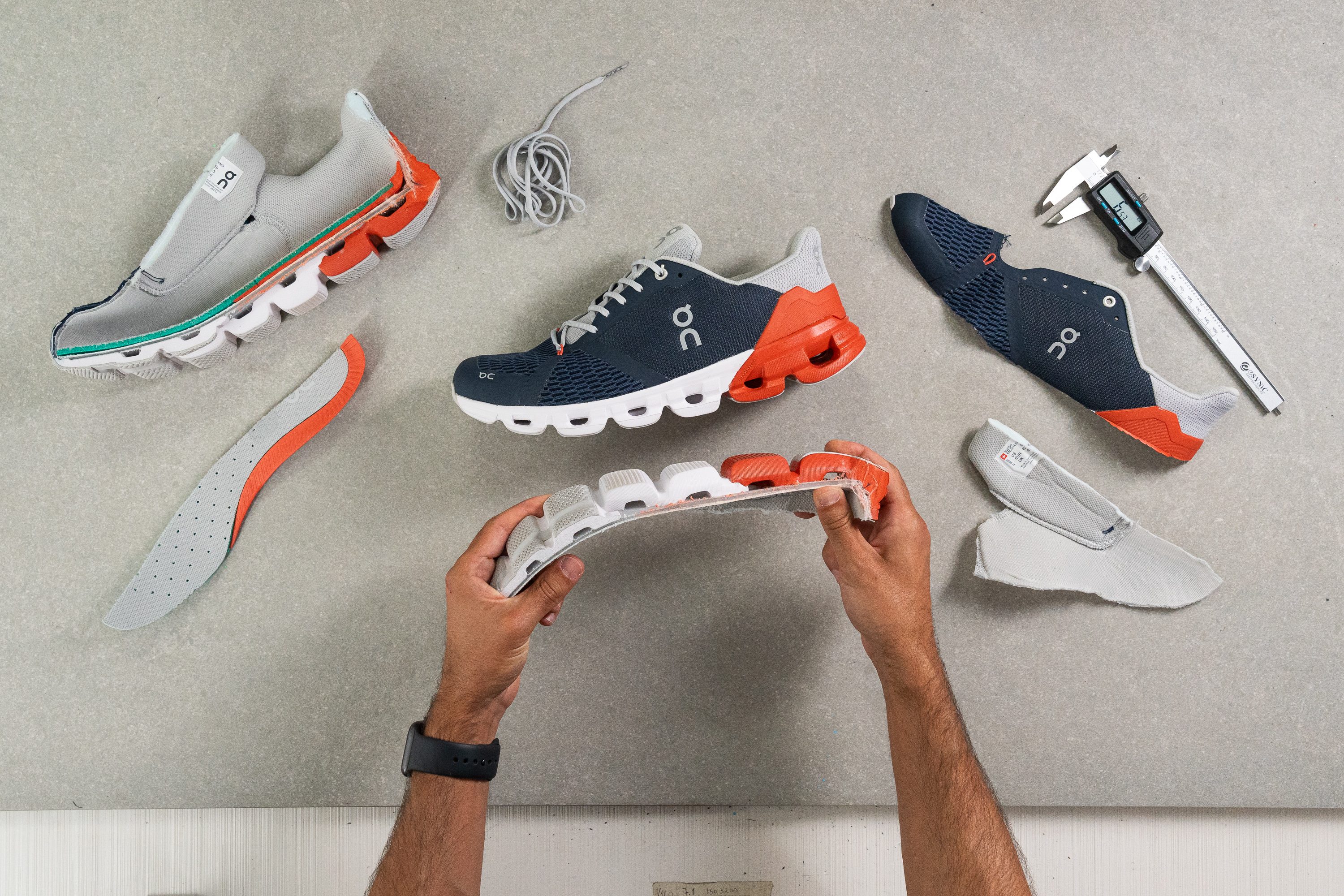
Cushioning
Heel stack
This shoe boasts a stack height of 30.5 mm. Combined with the unique CloudTec foam setup, it provides sufficient cushioning for most runs.
However, we found ourselves craving a tad more cushion during those longer training sessions. For those 15 or 20-milers, we suggest considering an alternative like the Nike Invincible 3.
Additionally, the Cloudflyer is also great for heel strikers because it has a noticeable rockered shape. This feature makes the transition from heel to toe smooth and easy.
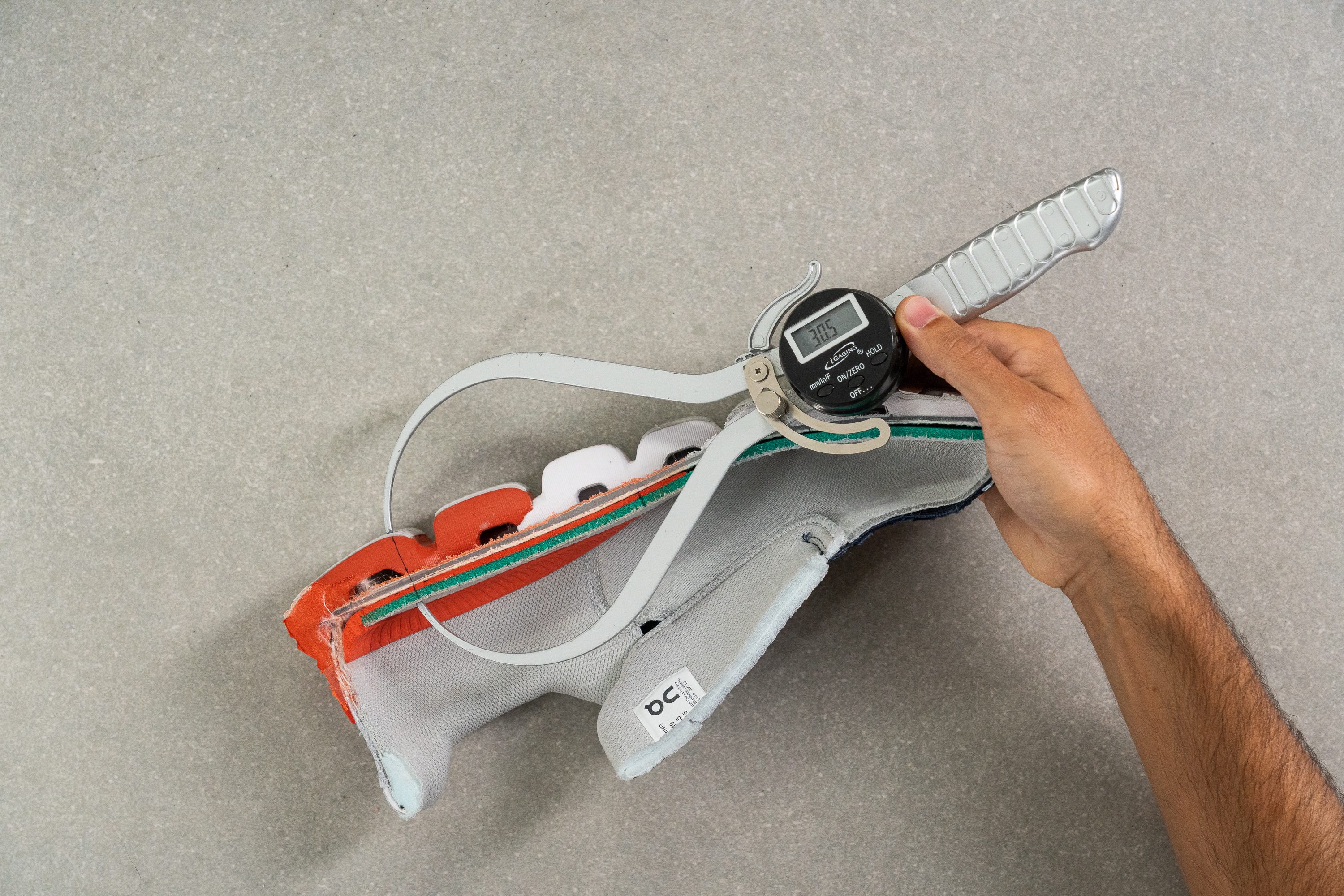
| Cloudflyer | 30.5 mm |
| Average | 34.8 mm |
Forefoot stack
As we move to the forefoot, we see a shift. Regrettably, there's only 20.5 mm of stack height, which isn't a lot.
While this is sufficient for easy or moderate runs, we can't recommend this shoe for midfoot or forefoot strikers who are really into high mileage.

| Cloudflyer | 20.5 mm |
| Average | 26.2 mm |
Drop
The differential adds up to a 10-mm heel-to-toe drop. Yet, On claims a 7 mm drop. Why this variance?
The answer lies in our measurement approach; we adhere to the official guidelines from World Athletics, something we think On might not be doing.
This discovery might prompt you to reconsider this shoe, particularly if you were relying on a moderate drop.

| Cloudflyer | 10.0 mm |
| Average | 8.6 mm |
Midsole softness
With a hardness level of 31.3 HA, On stays true to its tradition, offering a firm midsole in the heel area. However, this may not be the best fit for those seeking a more plush experience even when paired with a thick-and-plush insole.
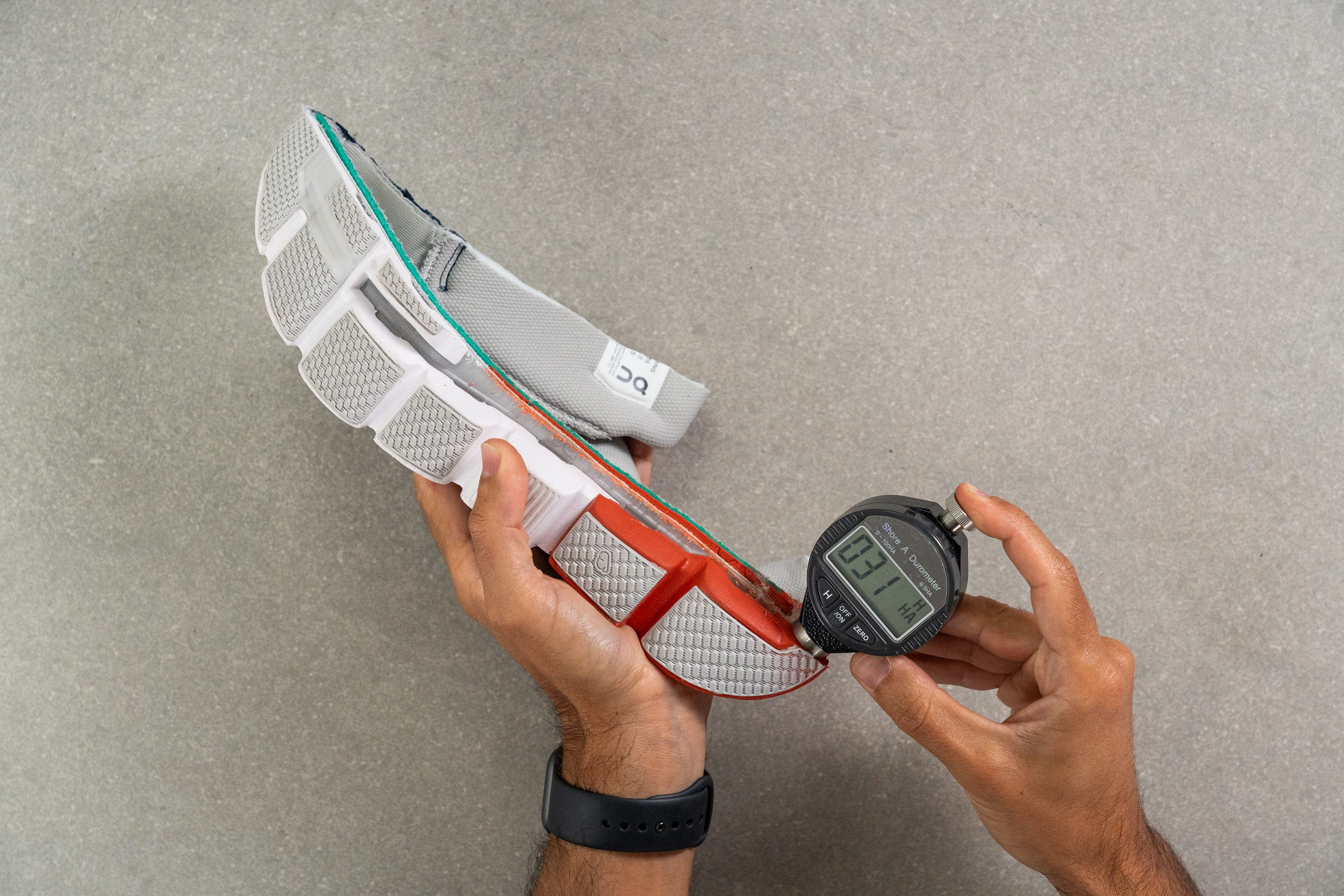
| Cloudflyer | 31.3 HA |
| Average | 20.4 HA |
Secondary foam softness
This shoe sports a double-foam configuration aimed at providing stability for heel strikers, and added comfort for forefoot strikers.
We find this approach interesting. However, with a hardness level of 28.3 HA, the forefoot foam is still bit too firm for our liking.
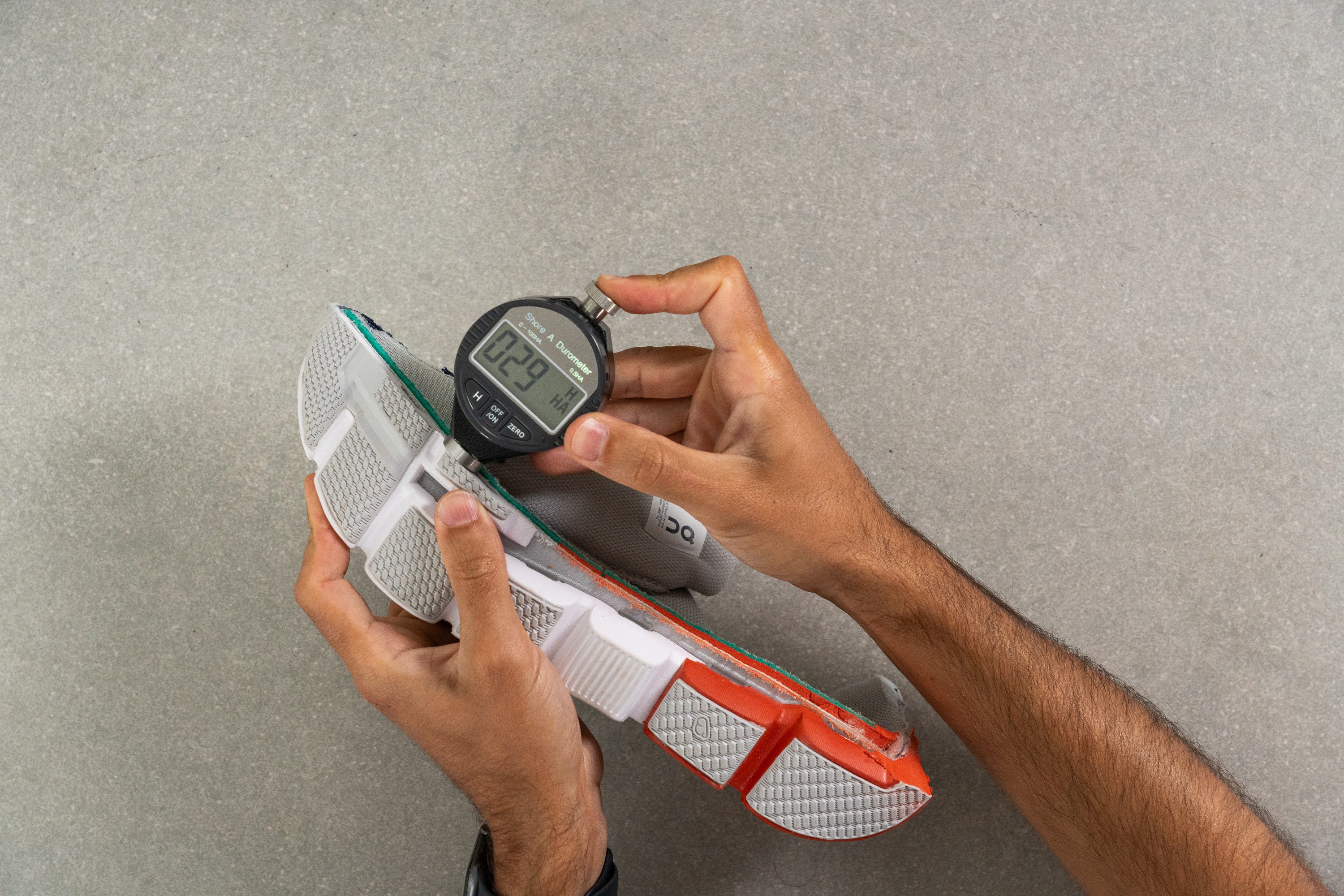
| Cloudflyer | 28.3 HA |
| Average | 22.8 HA |
Size and fit
Size
On Cloudflyer fits true to size (124 votes).
Internal length
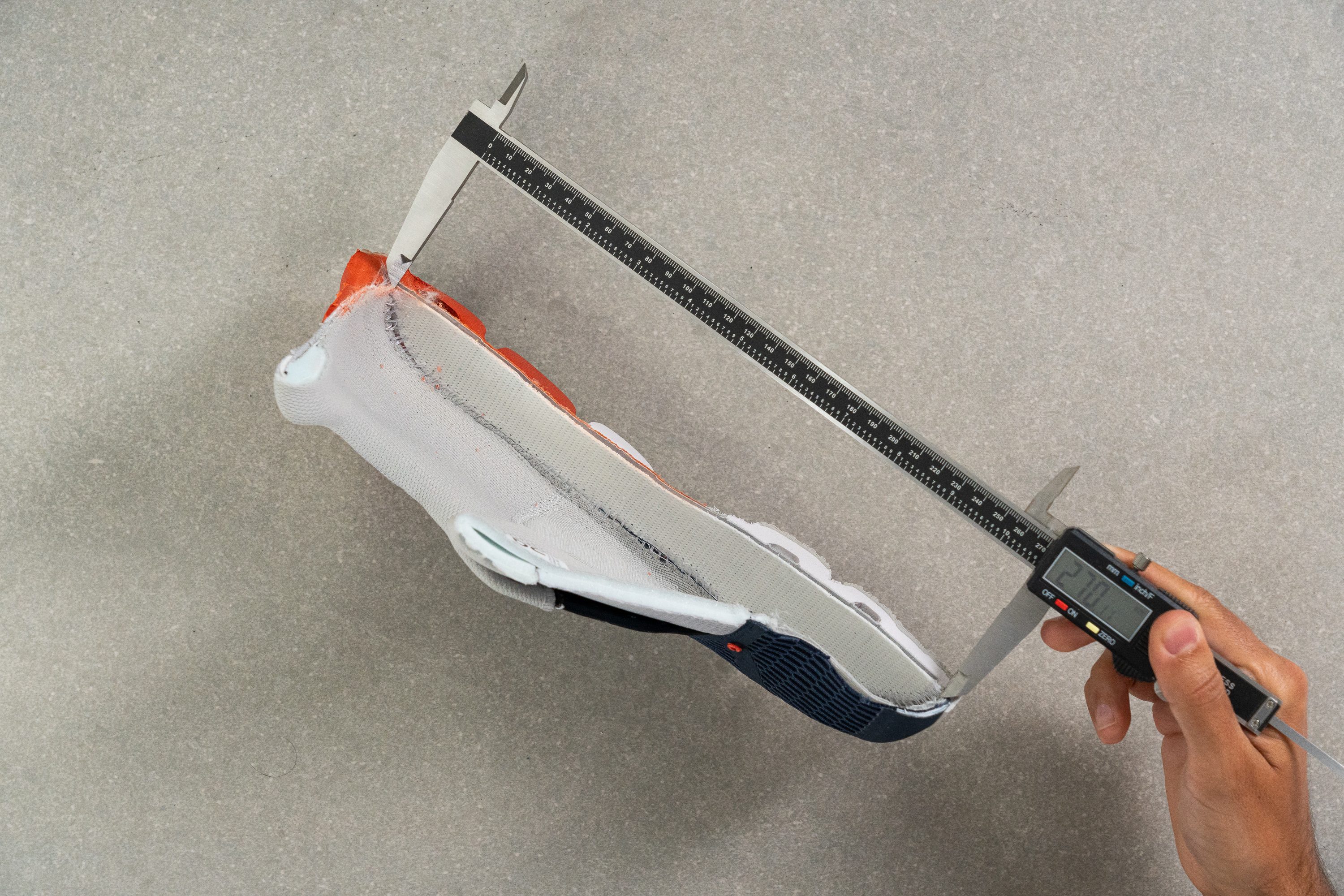
| Cloudflyer | 270.1 mm |
| Average | 269.5 mm |
Width / Fit
Let's tip our hats to On for crafting a shoe that accommodates almost every foot type.
At 102.1 mm of width, it might be a bit too roomy for those with very narrow feet—consider going half a size down if you're into this group. But for the rest of us, the Cloudflyer screams comfort, offering a spacious upper.
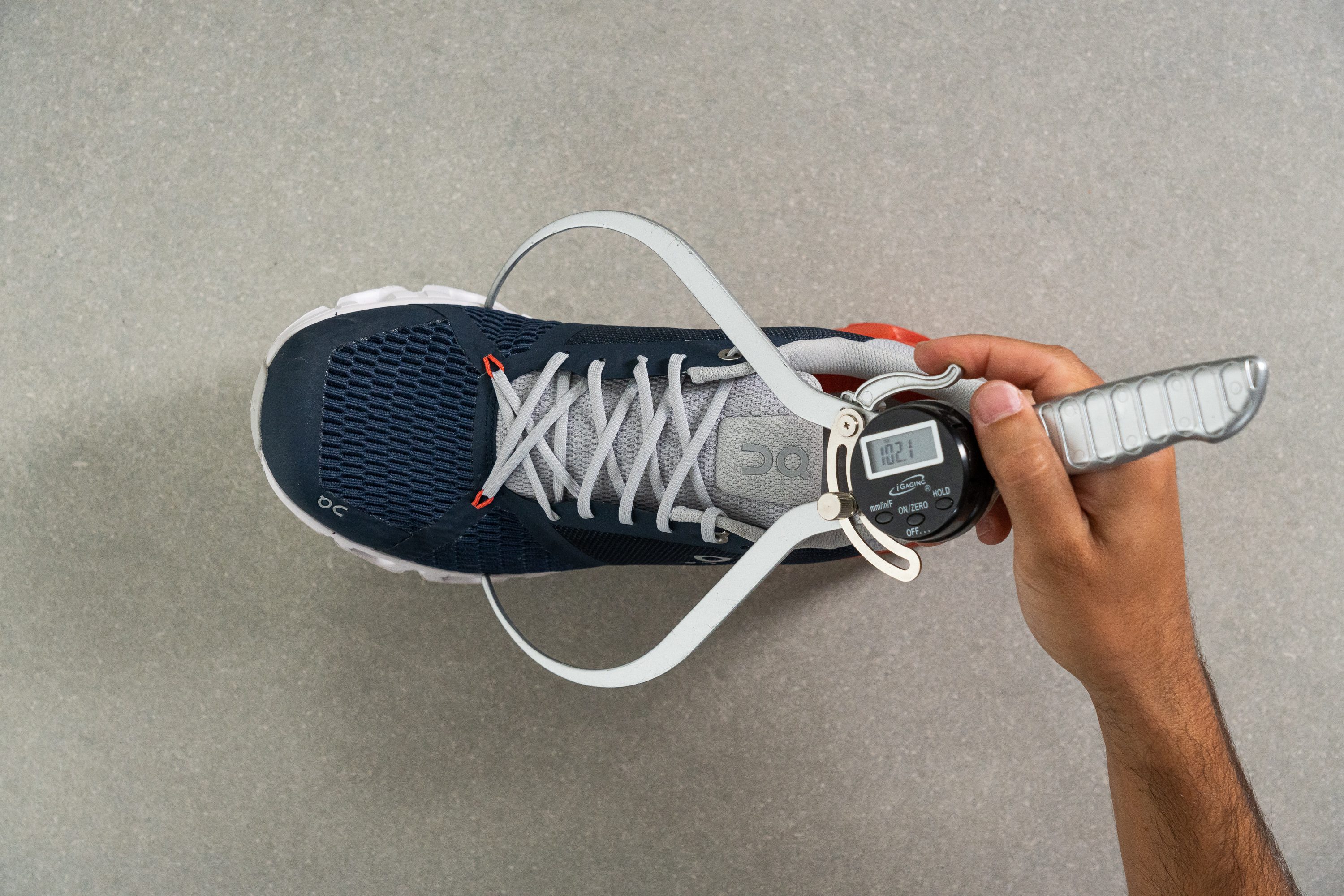
This test follows an older methodology, which is why you don't see recently tested shoes in the chart. Results from different methodologies can not be compared.
| Cloudflyer | 102.1 mm |
| Average | 98.5 mm |
Toebox width
This impressive width becomes even more apparent in the toe area. Measuring at a spacious 82.2 mm, it's one of the roomiest shoes we've ever encountered in this part.

This test follows an older methodology, which is why you don't see recently tested shoes in the chart. Results from different methodologies can not be compared.
| Cloudflyer | 82.2 mm |
| Average | 78.4 mm |
Flexibility / Stiffness
We initially thought the inclusion of the Speedboard TPU plate in the midsole would result in, at least, average stiffness for this shoe. However, our analysis offered a different story, underscoring the indispensable role of lab testing when analyzing shoes.
It only took us 13.6N of force to bend the shoe to 90 degrees. This puts it straight in the category of "one of the most flexible shoes we've ever tested".
This test follows an older methodology, which is why you don't see recently tested shoes in the chart. Results from different methodologies can not be compared.
| Cloudflyer | 13.6N |
| Average | 28.1N |
Stiffness in cold (%)
In cold temperatures, the shoe stiffens to 20N in the same test, though it still maintains a feel of flexibility.
With only a 46.7% difference between the two measurements, this result is simply average. Again, considering the shoe's high price tag, we rightfully expect better performance from these tests.
| Cloudflyer | 47% |
| Average | 33% |
Weight
The Cloudflyer doesn't come across as heavy, nor does it feel exceptionally light during walks or runs. It just occupies a comfortable middle ground.
Nevertheless, we appreciate On's effort to keep it below the 10 oz benchmark, which we believe is a fantastic achievement for this shoe. It weighs only 9.90 oz (281g).
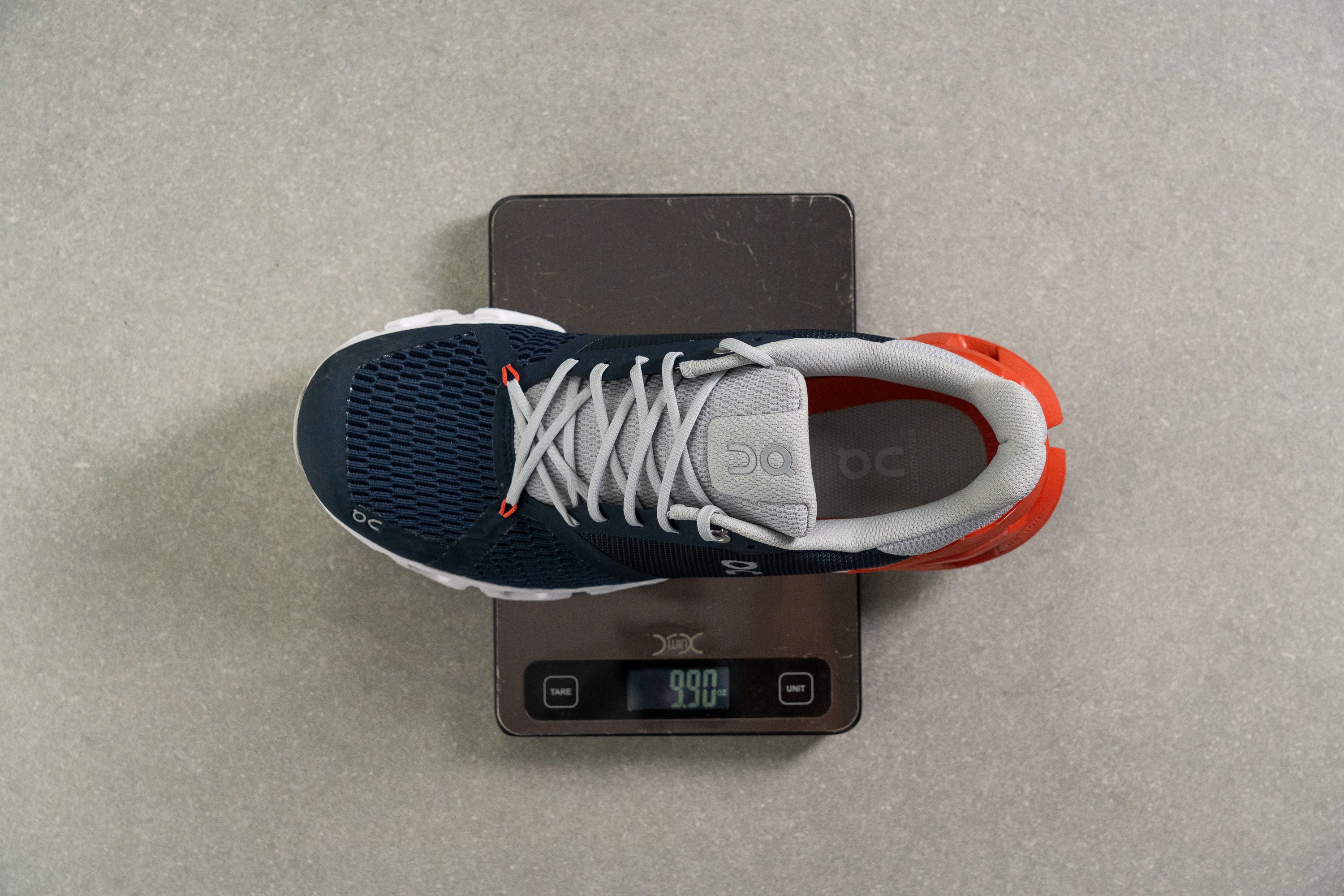
| Cloudflyer | 9.9 oz (281g) |
| Average | 9.3 oz (264g) |
Breathability
When we first got our hands on the shoe, we thought its breathability might be less than ideal due to the dual-layer upper—something we've seen in other On shoes like the Cloud X.
Yet, we were in for a surprise! After testing the Cloudflyer with our smoke-pumping machine in the lab, we found much more airflow than we expected, giving the shoe a solid 4 out of 5 in this test.
Next, we took it to the light test, which clearly showed us where the air was flowing through the upper.
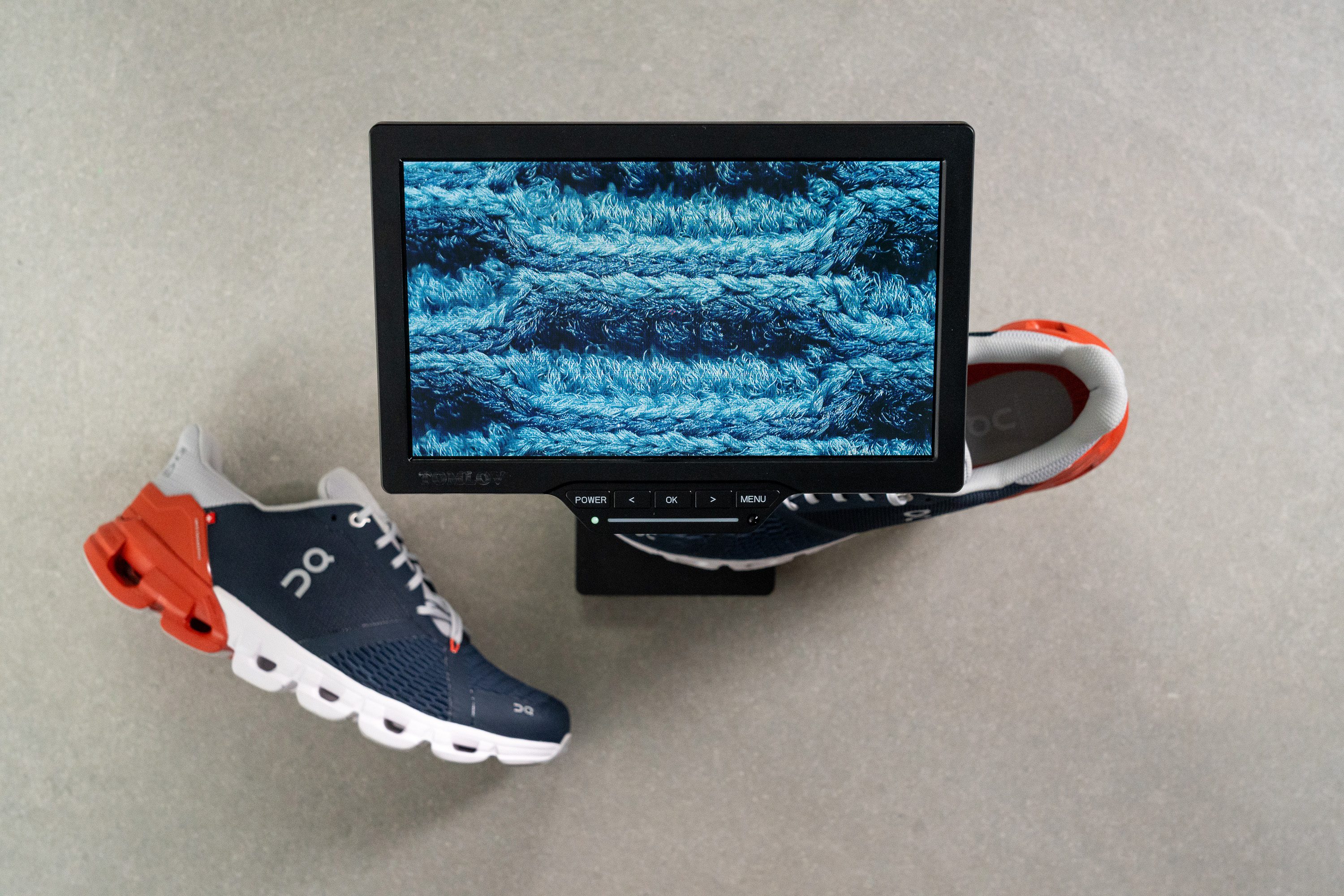
Even under our microscope, we didn't see any large ventilation holes or extremely thin mesh. This is why we were so surprised by the shoe's great ventilation.
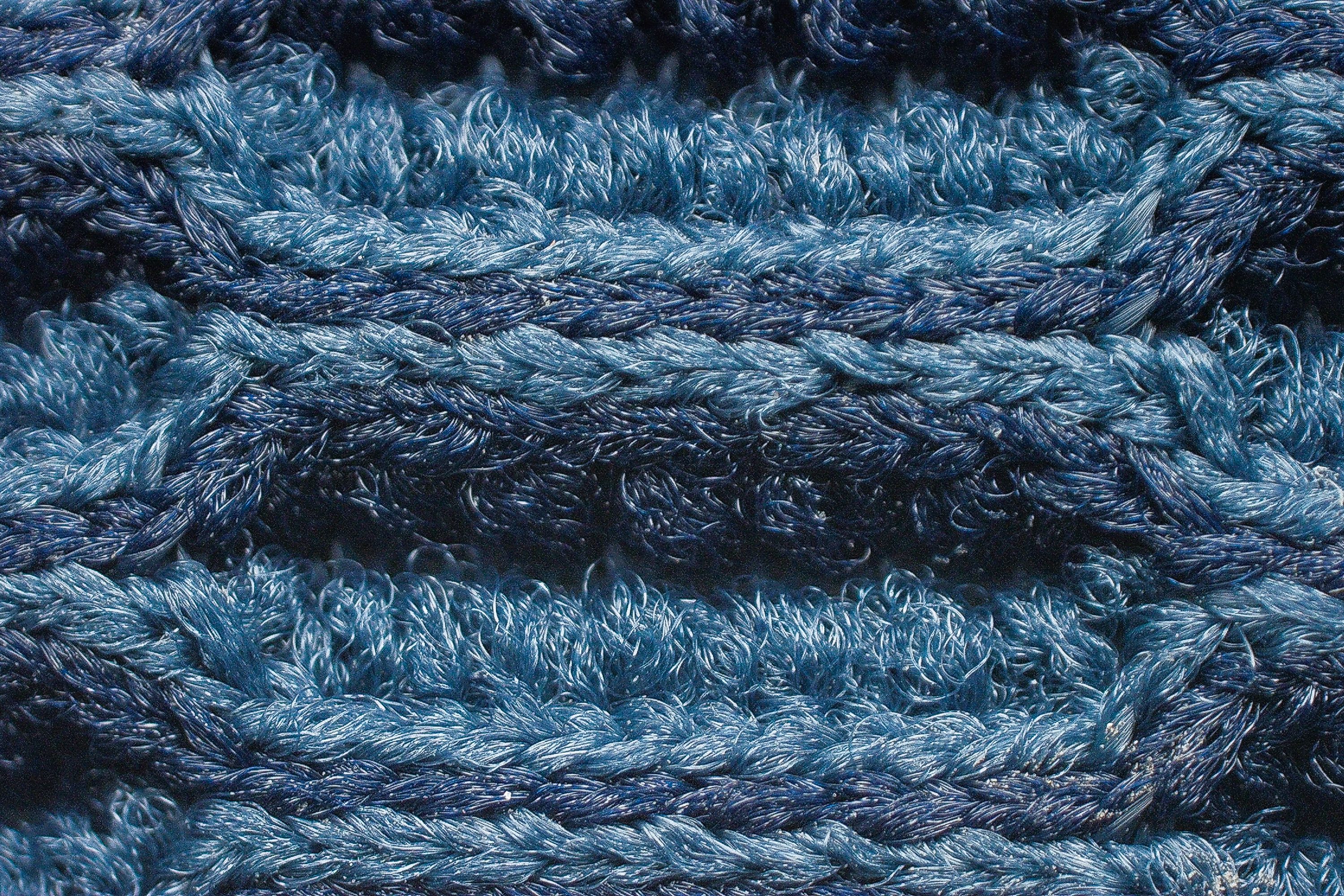
| Cloudflyer | 4 |
| Average | 3.7 |
Stability
Lateral stability test
Promoted as a stability shoe, we had high hopes for the Cloudflyer's performance in this area. And it delivered.

Its wide landing platform, firm midsole, the Speedboard plate, and the plastic reinforcement around the heel counter all come together to ensure rock-solid stability.
Torsional rigidity
Torsional rigidity is another crucial factor for enhancing stability. We give it a middle-of-the-road score at 3 out of 5, signaling a well-rounded choice: it's stable but also comfy, making it suitable for gym workouts or dog-walking.
Too much stiffness would make it less ideal for cross-training or casual, everyday wear.
| Cloudflyer | 3 |
| Average | 3.5 |
Heel counter stiffness
Again, as a shoe geared towards stability, it's logical that On opts for a rigid heel counter, aiming to prevent overpronation.
We value the added padding in this area to improve comfort and the fact that it's not excessively rigid. We gave it a 4 out of 5.
| Cloudflyer | 4 |
| Average | 2.9 |
Midsole width - forefoot
Measuring at 115.0 mm, the landing platform on this On shoe provides a good balance, especially in tandem with the firm midsole. For instance, is the exact same midsole that you can find in one of the most popular stability shoes, the Hoka Gaviota 4.
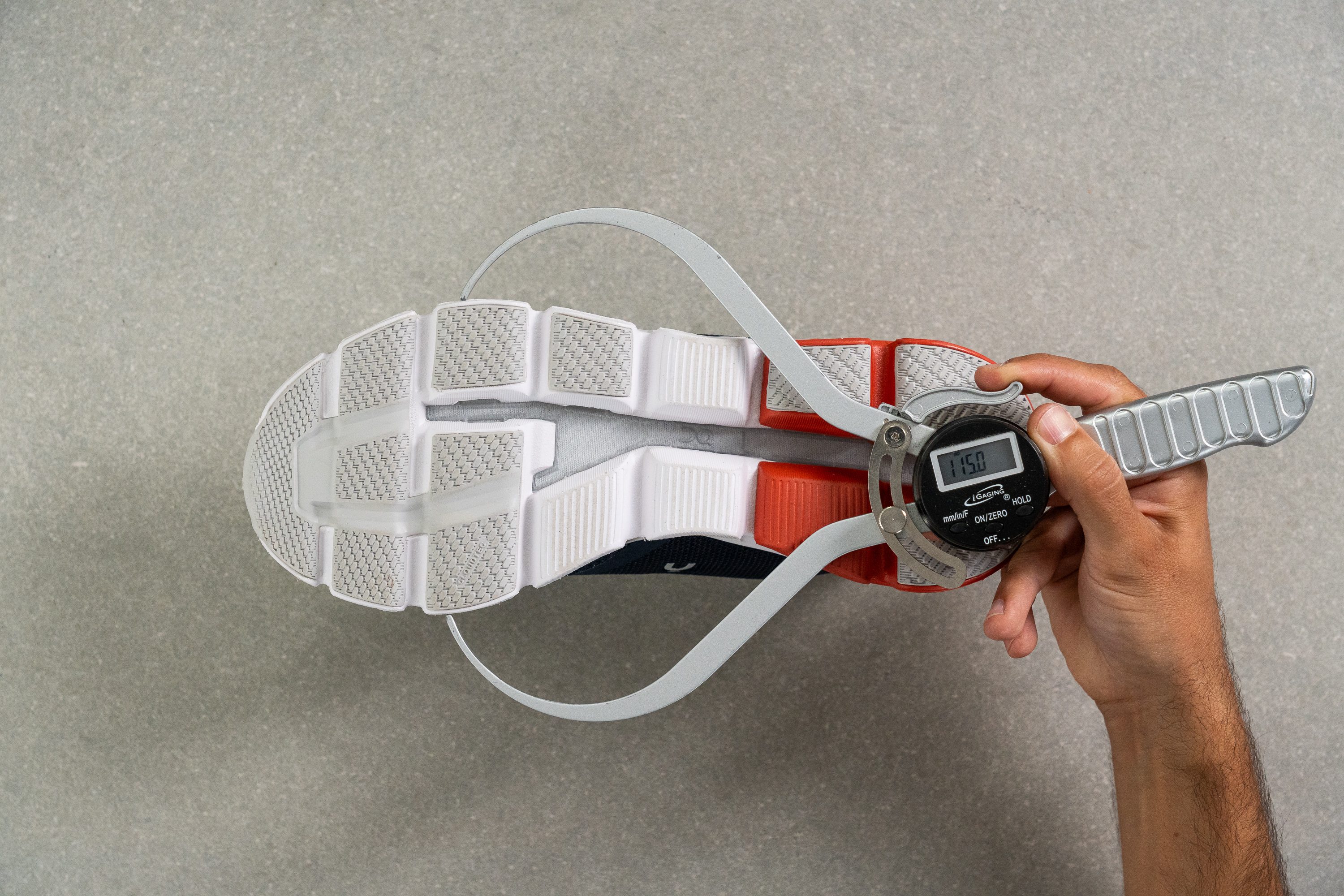
| Cloudflyer | 115.0 mm |
| Average | 114.4 mm |
Midsole width - heel
However, this shoe really shines for heel strikers. With a 10-mm drop and 94.1 mm of width in the heel, it's clearly designed to complement this running style.

| Cloudflyer | 94.1 mm |
| Average | 90.7 mm |
Durability
Toebox durability
The good news just keeps comin'.
Even though this may not be the most rugged upper we've put to the test, it's undoubtedly better than what you'd find on most other shoes out there. However, it's still below the amazing performance of the On Cloudswift 3 in this same test.
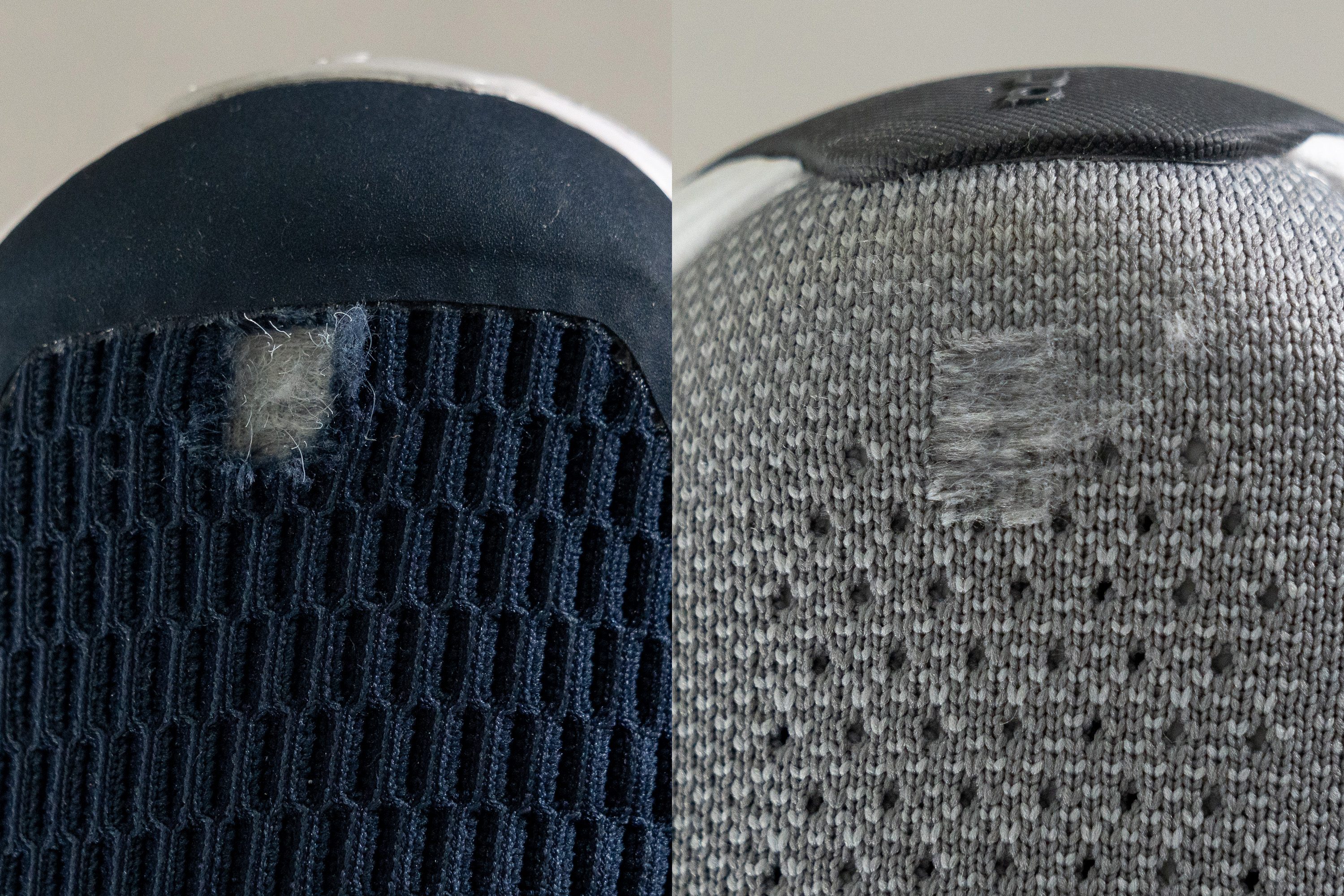
| Cloudflyer | 3 |
| Average | 2.6 |
Heel padding durability
But then we switched to the heel, and the narrative flipped. It's just not built to last at all, which is a bummer. So for runners who are quick to wear out the heel area on running shoes, this one's a heads-up!
| Cloudflyer | 1 |
| Average | 3.4 |
Outsole hardness
Clocking in at 83.3 HC, the outsole is slightly harder than the median, but it doesn't seem like it's enough to mess with the grip.
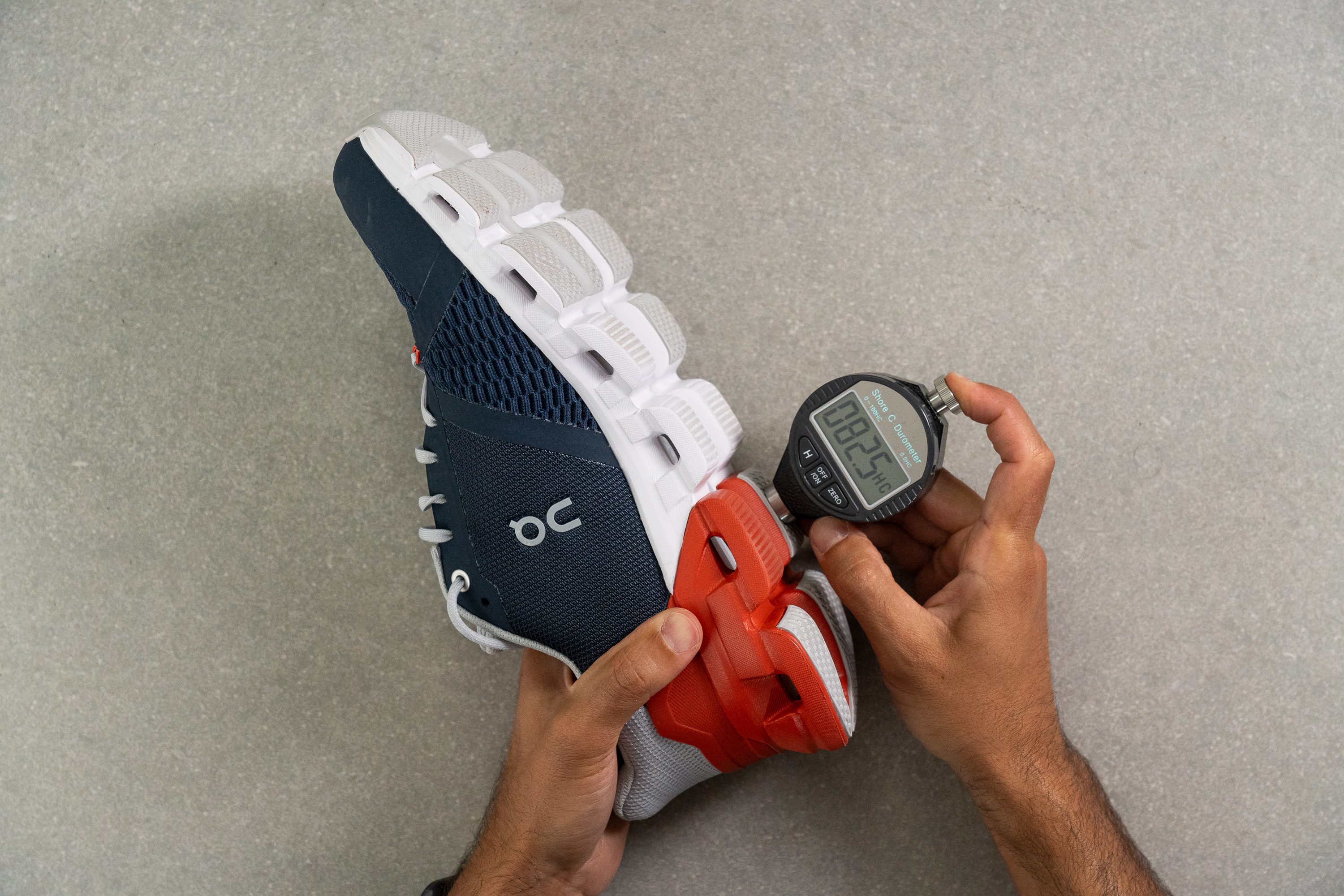
| Cloudflyer | 83.3 HC |
| Average | 79.2 HC |
Outsole durability
To understand its durability, we put the shoe to the ultimate test with our Dremel tool for one last time.
After this intense yet brief workout, we noted a 0.88 mm dent, which lines up with the hardness we had already measured.

| Cloudflyer | 0.9 mm |
| Average | 1.1 mm |
Outsole thickness
With a slim 2.2mm profile, the outsole is designed to shave off extra weight.
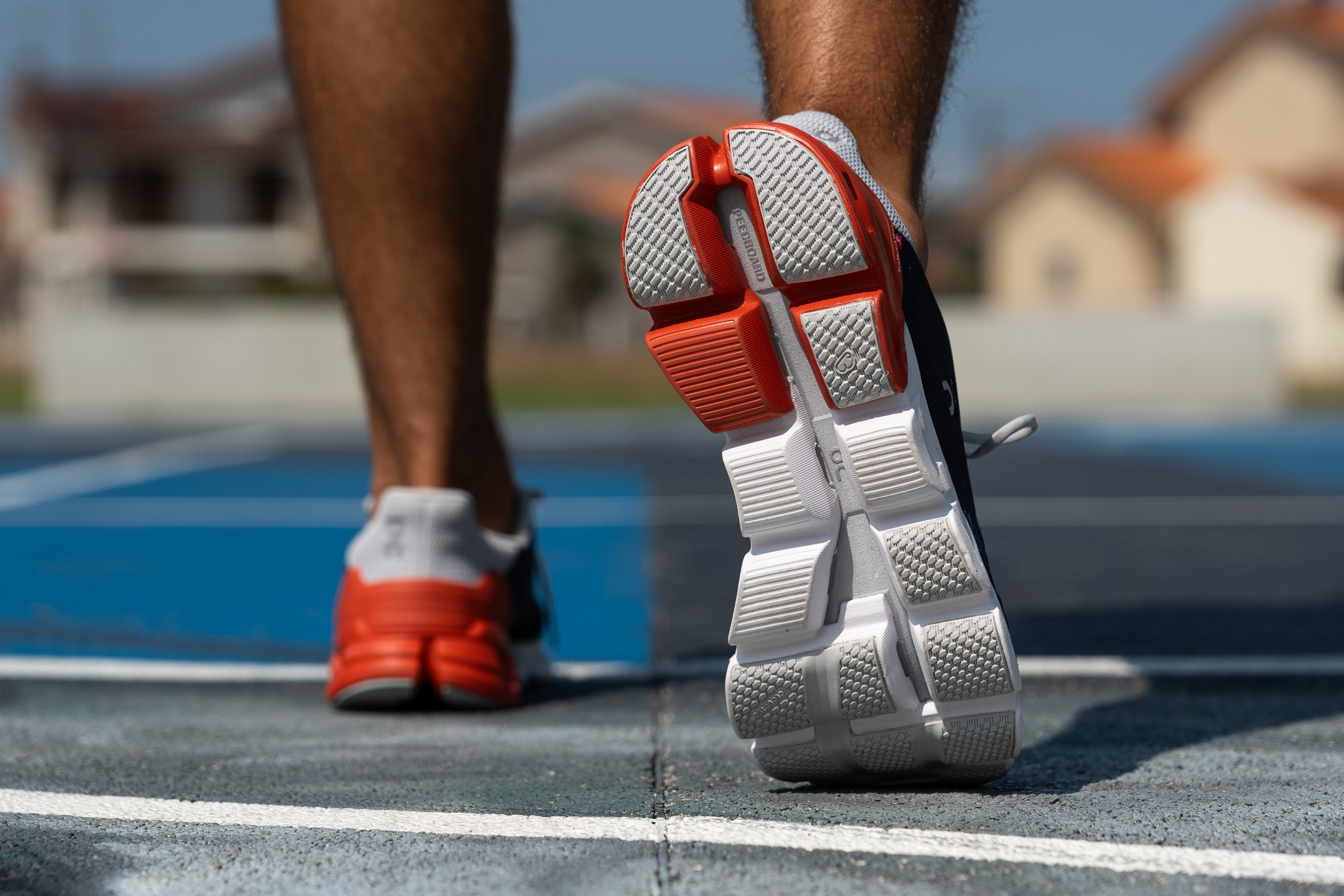
Given its proven durability, it's unlikely that any runner will encounter issues throughout the shoe's life. However, we'd feel more secure with a 3mm-thick outsole, just as an added safety-net.
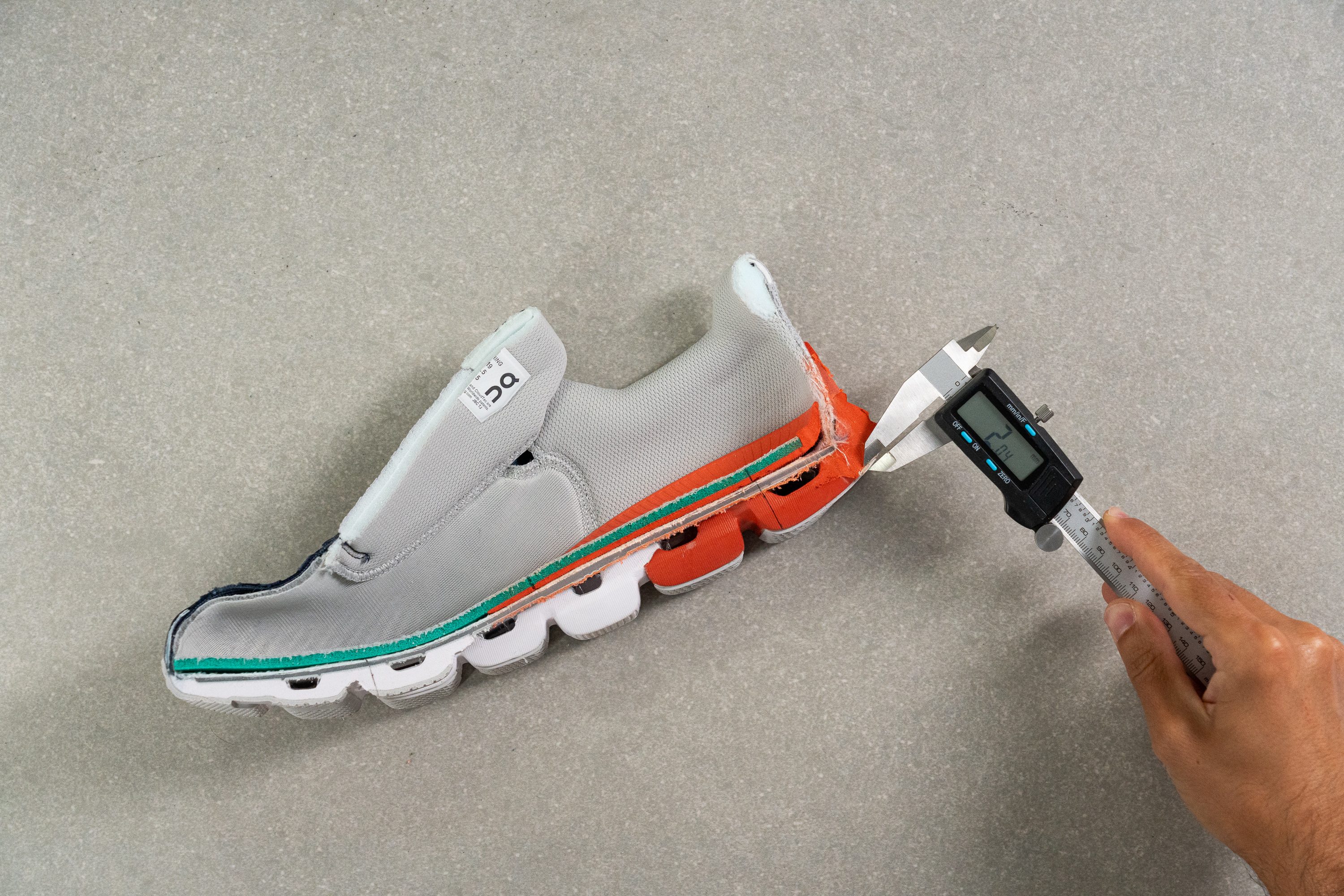
| Cloudflyer | 2.2 mm |
| Average | 3.2 mm |
Misc
Insole thickness
One common and cost-effective strategy in the running shoe industry involves using an insole that's thicker than usual in order to enhance comfort, particularly with low-stack or firm midsoles.
That's the exact tactic On uses in this case with their 6-mm insole. And now, let's uncover the reason why.
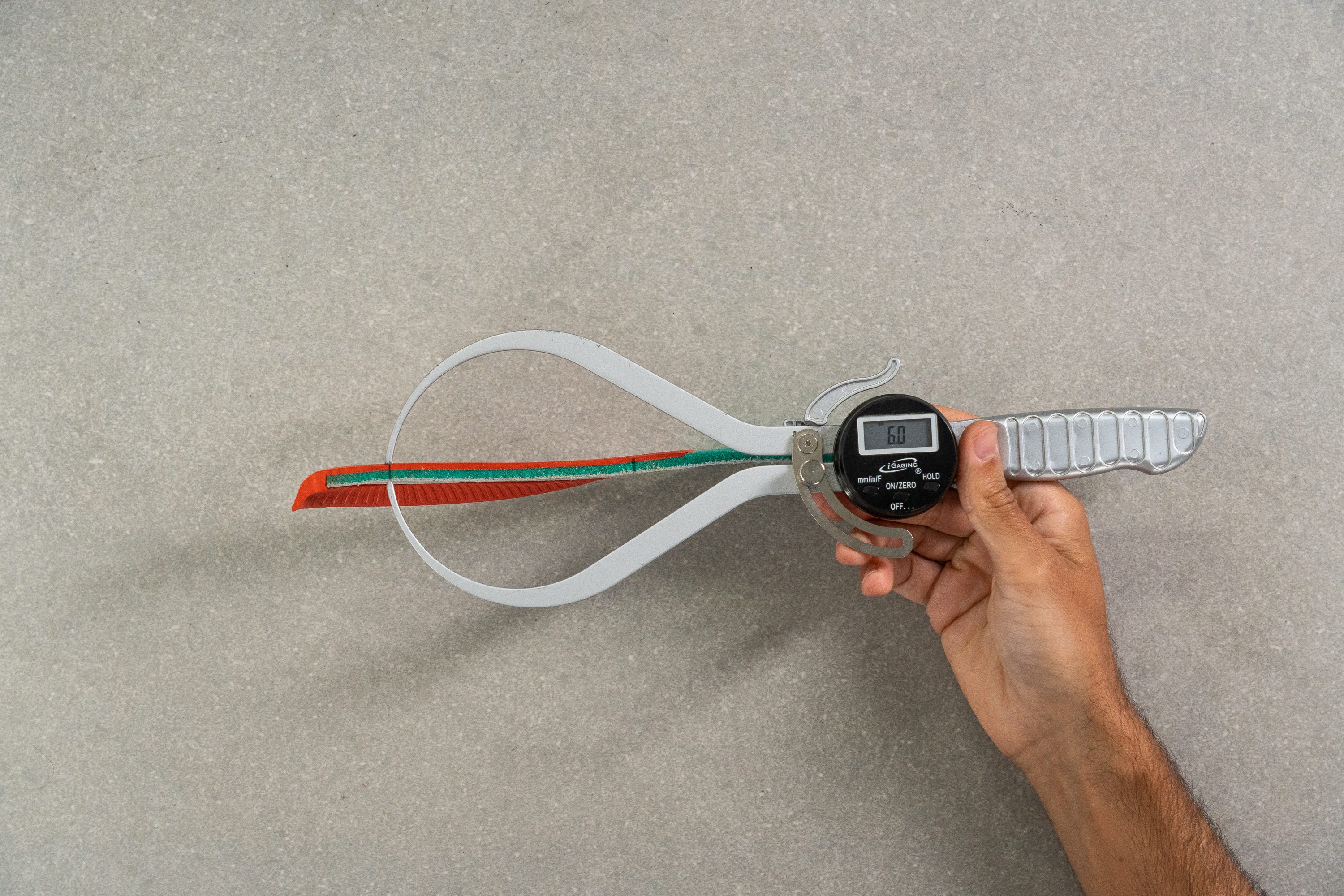
| Cloudflyer | 6.0 mm |
| Average | 4.5 mm |
Removable insole
One big plus for this On shoe is that we can easily take out the insole. Given the spaciousness of the shoe, slipping in our own orthotics is not a problem at all.
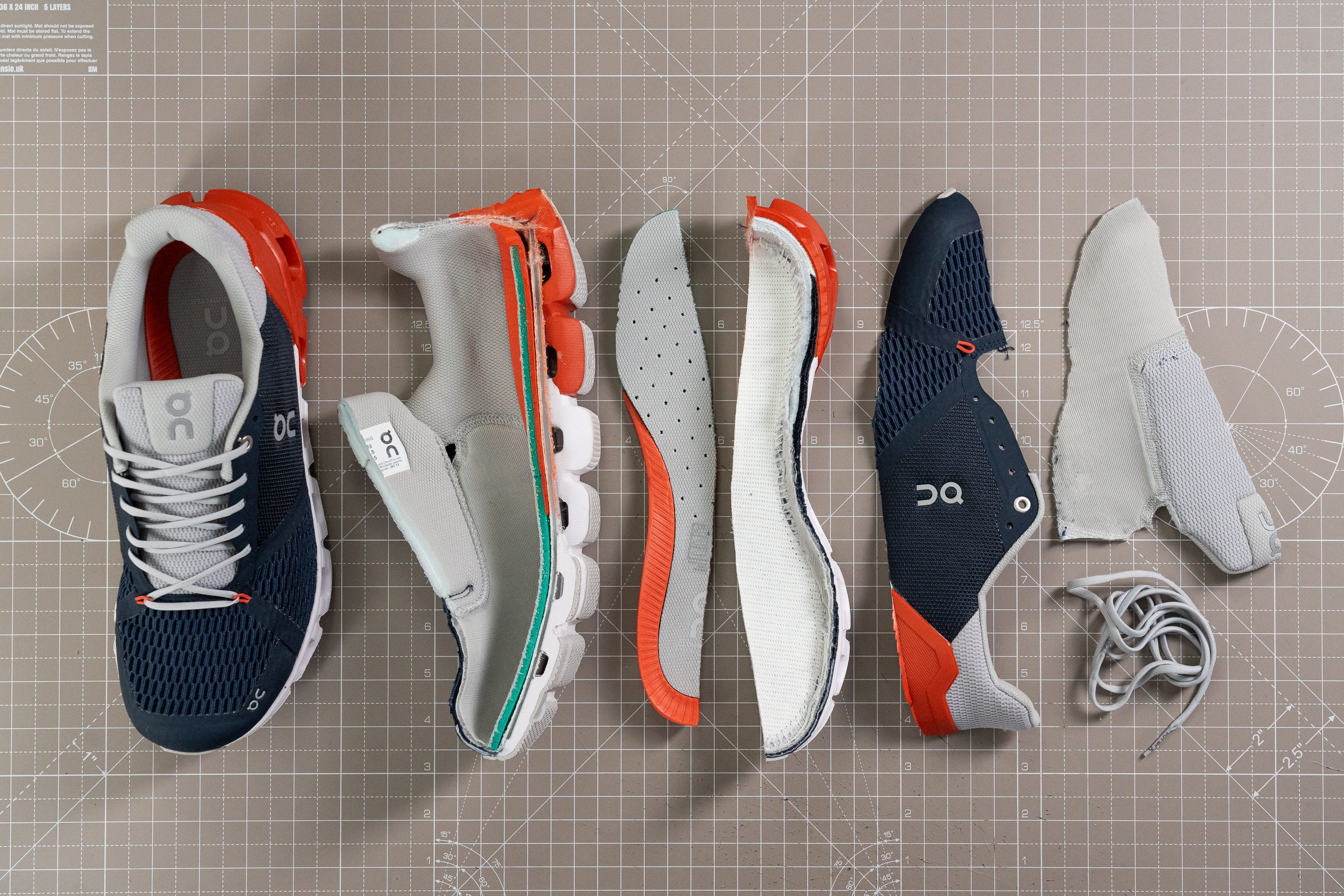
| Cloudflyer | Yes |
Midsole softness in cold (%)
We placed the shoe in our freezer for 20 minutes to mimic winter conditions. After this, we found the midsole hardened significantly to 40.3 HA. It's then that the Helion midsole truly starts to feel as firm as a brick.
This marks a 28.8% jump from the room-temperature reading. Although this aligns with most modern midsoles, it falls short of the top performers. And we mustn't overlook that this shoe carries a high-end price tag.
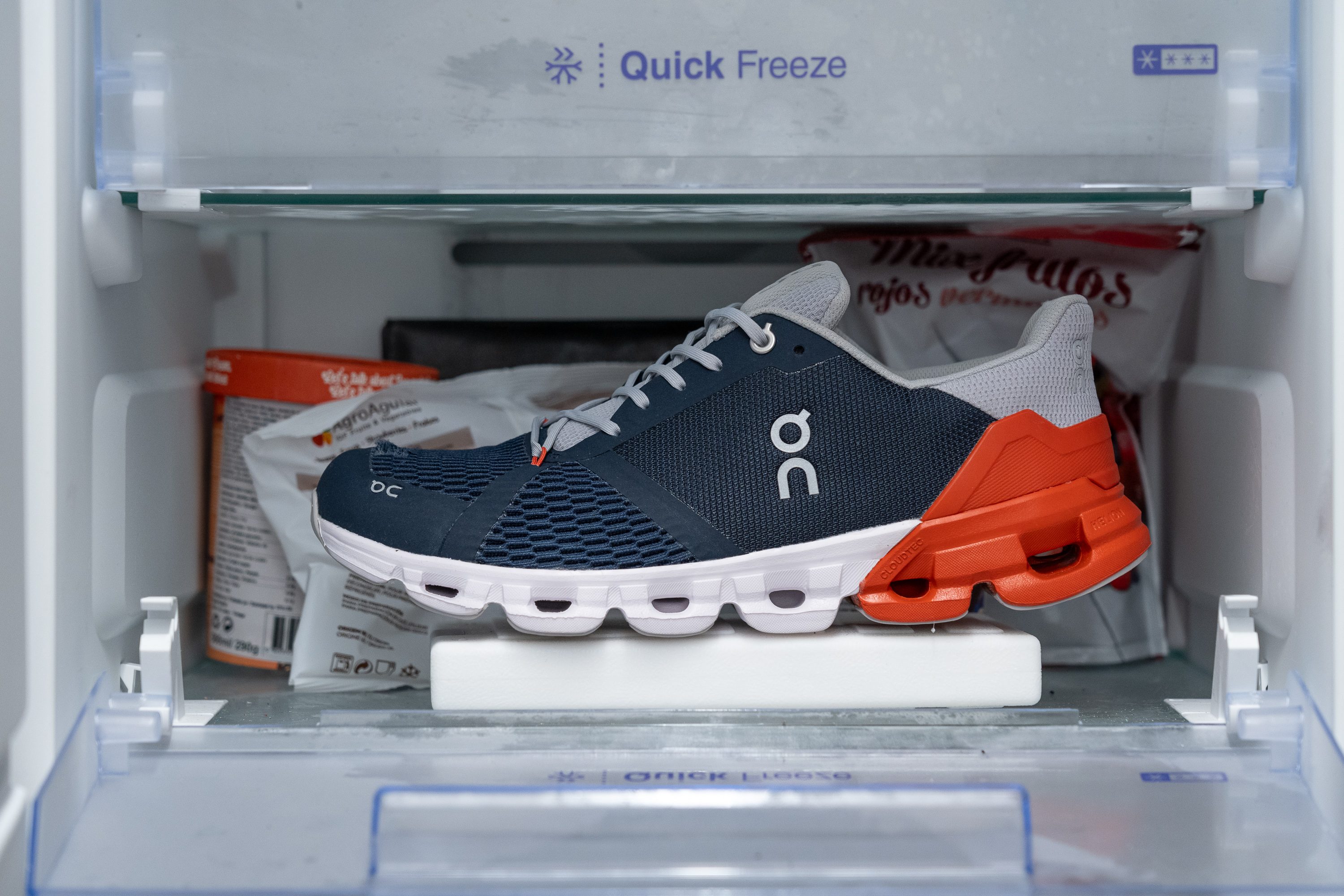
| Cloudflyer | 29% |
| Average | 24% |
Reflective elements
On really nails it with their tradition of doubling their logo as a reflective element. We're totally into it—it's a win-win for everyone.

| Cloudflyer | Yes |
Tongue padding
On goes above and beyond for comfort in the Cloudflyer by integrating not just one, but two plush layers of padding into the tongue.
We think that with this tongue, anyone can look forward to a smooth, comfortable run, free of any lace bite or similar discomforts.
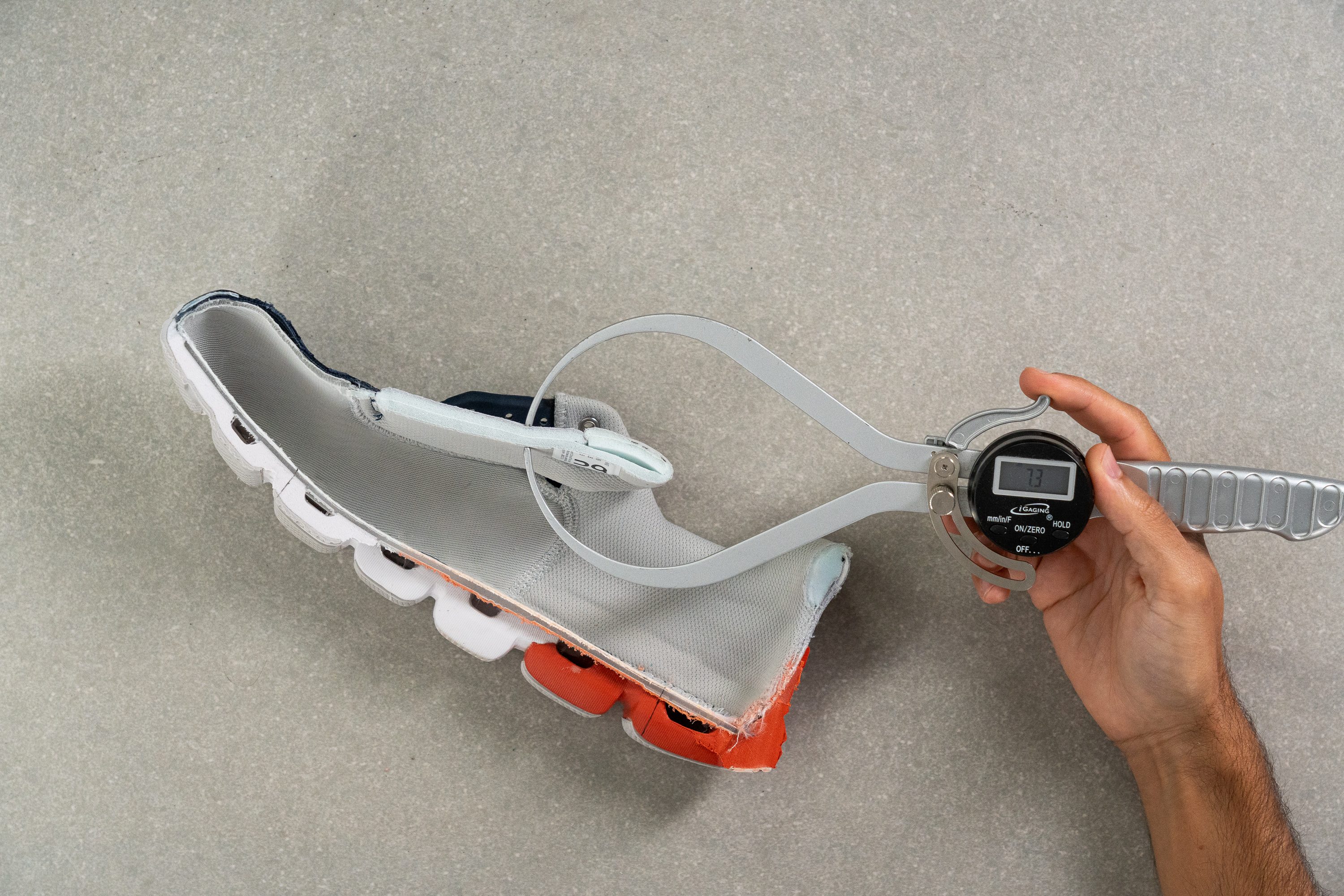
| Cloudflyer | 7.3 mm |
| Average | 5.8 mm |
Tongue: gusset type
When we examined the shoe, we spotted the bootie-like tongue, a feature common to many On Cloud shoes.
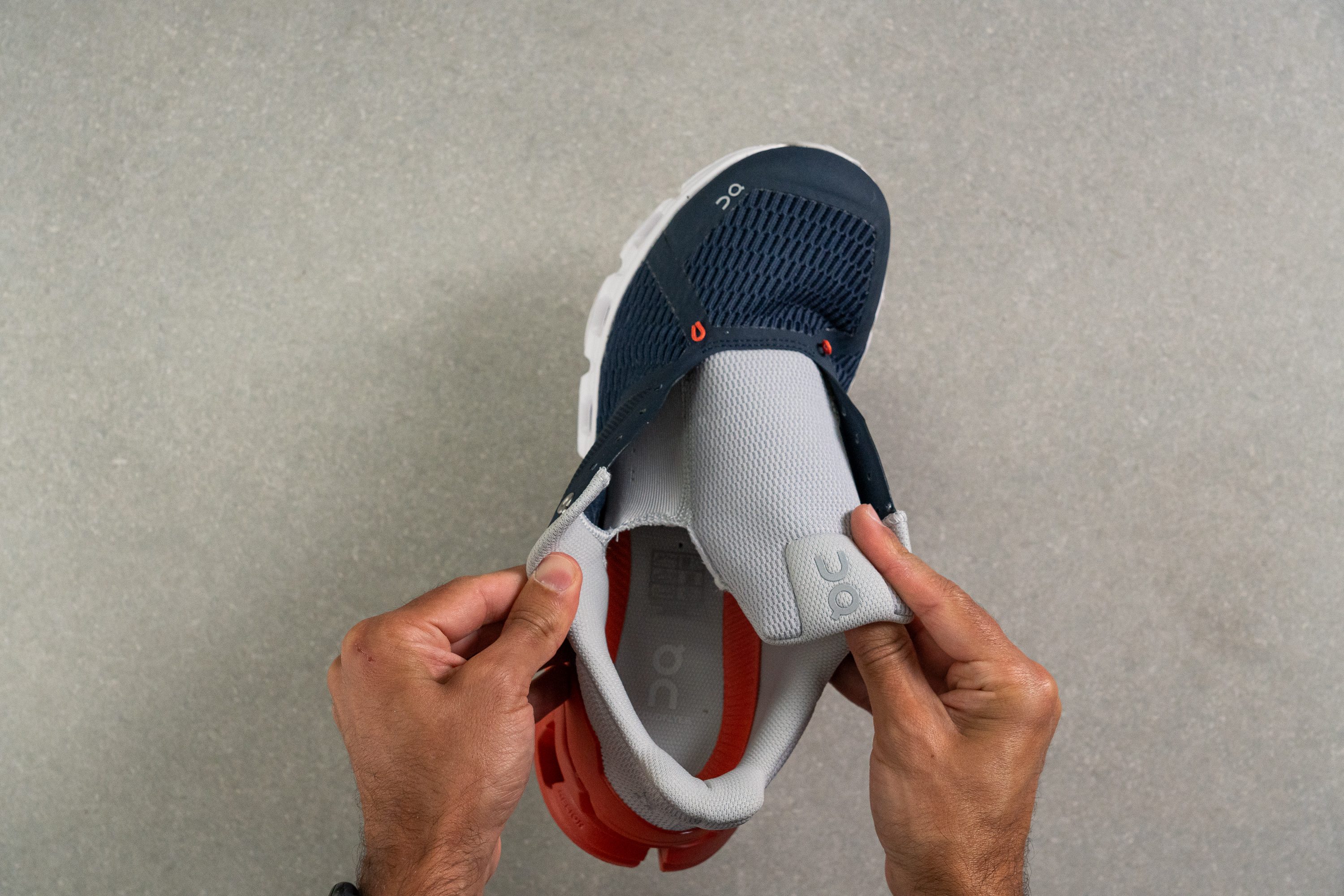
| Cloudflyer | Bootie |
Heel tab
While it's no surprise that this On shoe lacks a heel tab, it does feature an Ultraboost-like heel collar. This design touch made slipping into the shoe a lot easier for us.
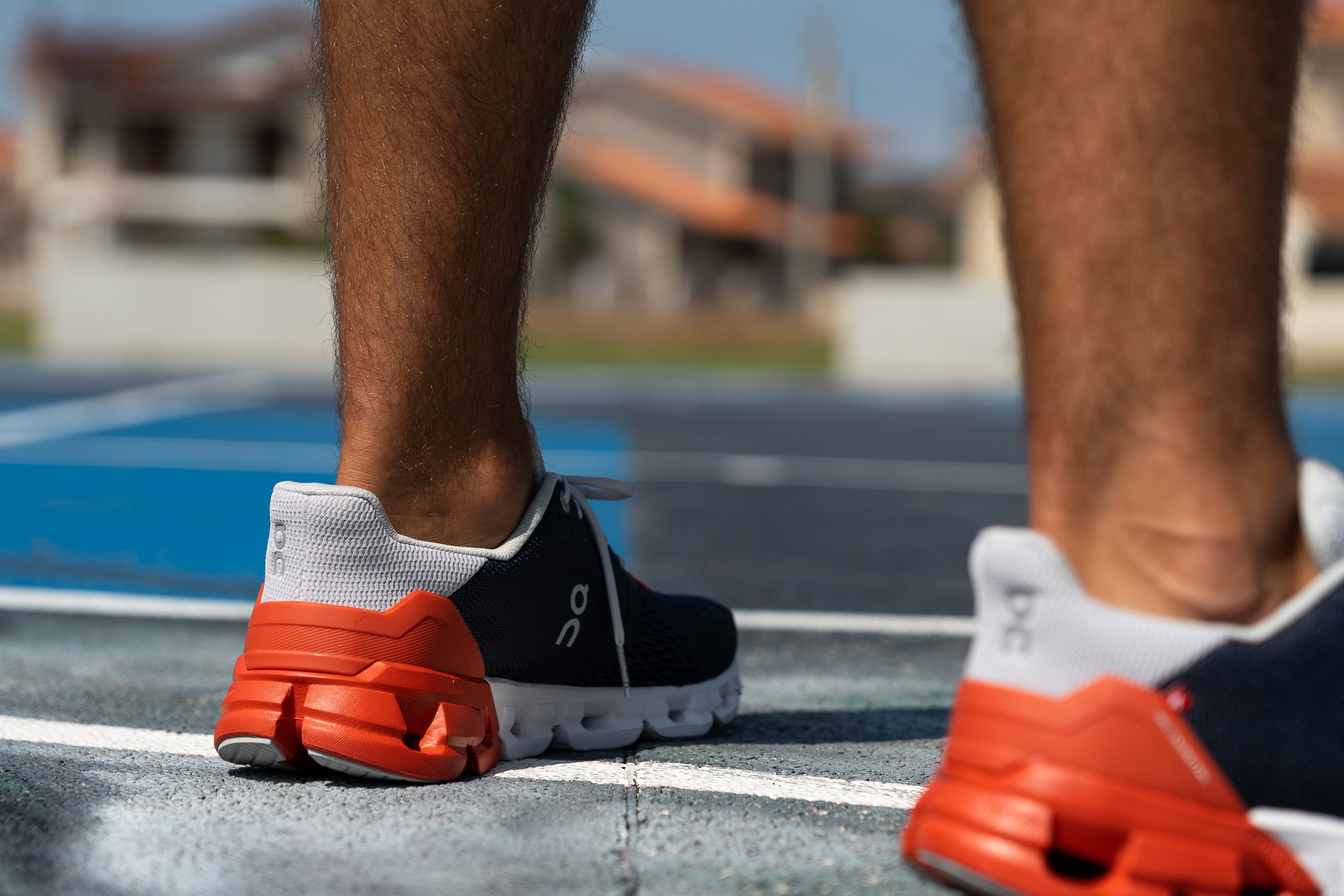
| Cloudflyer | None |















































